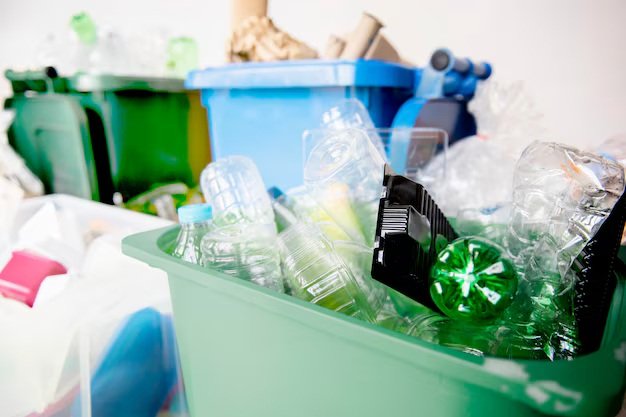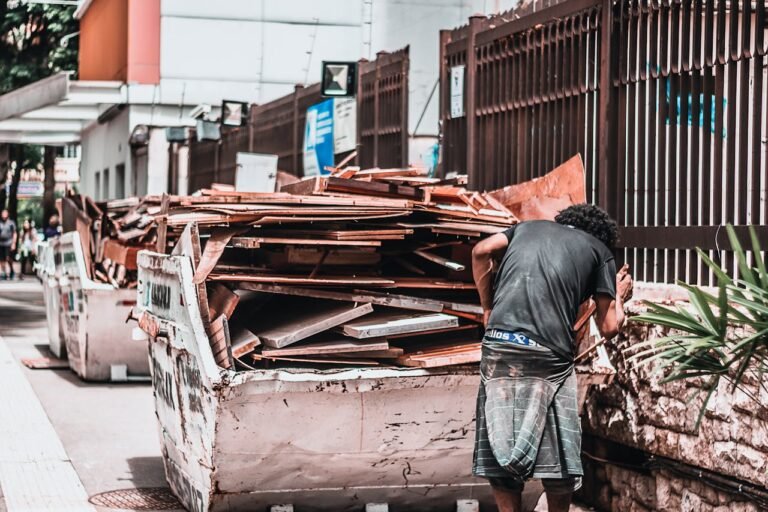What Is Recycled Water Used For? Benefits, and Why It Matters
When I was growing up, I never thought much about where our water came from. I turned on the tap, and there it was. But as I got older, especially after visiting some drought-prone areas, I realised just how precious water really is—and how vulnerable we all are when it runs low. Water scarcity is more than a distant worry; it’s a reality for millions of people and communities worldwide. It’s also why I’ve come to appreciate the importance of recycled water, a concept that’s transformed from a niche idea into a practical solution for our future.
If you’ve ever wondered what recycled water actually is and how it’s used, this guide is for you. Here, I’ll walk you through the fascinating ways recycled water is reshaping everything from agriculture to our own homes, weaving in personal experiences and expert insights to make it clear why recycled water matters to all of us.
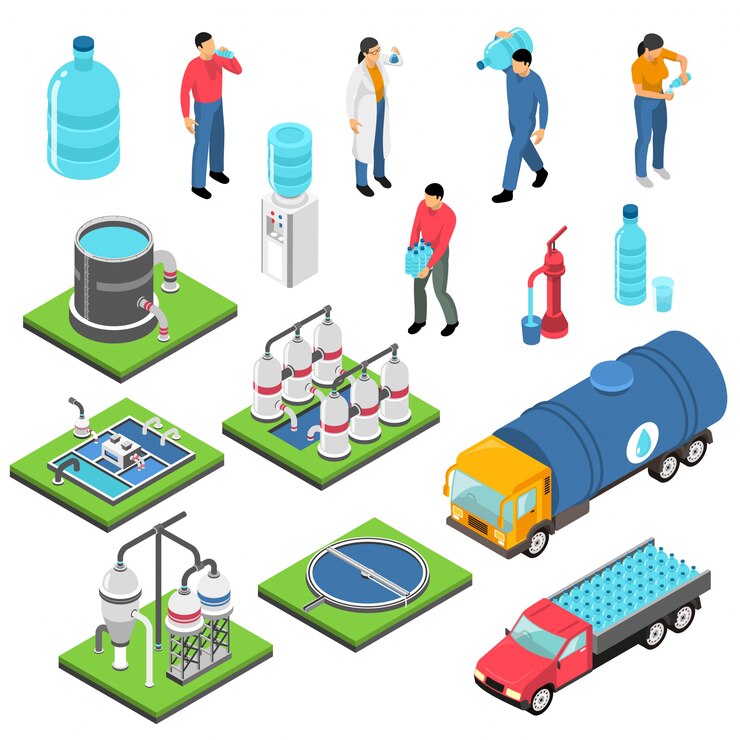
In This Article
- Recycled Water 101: What Does It Really Mean?
- Uses of Recycled Water
- 1. Watering Crops with Recycled Water
- 2. Landscaping: Keeping Urban Areas Green
- 3. Industrial Uses: Cooling, Cleaning, and Beyond
- 4. Supporting Natural Ecosystems with Recycled Water
- 5. Building Systems: Reducing Water Use in Urban Spaces
- 6. Drinking Water (Potable Reuse): The Future of Recycled Water
- Challenges and Considerations with Recycled Water
- How You Can Support Recycled Water Initiatives
- Conclusion
Recycled Water 101: What Does It Really Mean?
Let’s start with the basics: recycled water is simply water that has been used once, treated, and then repurposed. Think of it as water that gets a “second life.” Once water flows down our drains, it’s collected and sent to a wastewater treatment plant where it’s cleaned, filtered, and disinfected. It might go back to irrigating crops, cooling machinery, or even, in some places, becoming safe enough to drink again.
I remember the first time I visited a water treatment plant. I was expecting something industrial and maybe a little unpleasant, but instead, I was fascinated. The whole process felt more like a sophisticated science experiment than something mundane. Each step—from filtering to purifying and disinfecting—was meticulously designed to make sure that the end product was safe and ready for use. I walked away, realising that recycled water isn’t just “used” water; it’s a carefully managed resource, as clean and safe as the uses we put it to.
Uses of Recycled Water
1. Watering Crops with Recycled Water
Agriculture is by far the biggest consumer of water globally, especially in dry regions. And as much as we need farms to grow our food, the high water demand can be unsustainable. That’s where recycled water steps in.
In drought-prone states like California, where agriculture is a massive industry, recycled water has become a lifeline for farmers. California grows more than a third of the vegetables and two-thirds of the fruits and nuts in the U.S., but it’s also one of the driest states. With constant pressure on freshwater sources, the state’s farmers have had to look for alternatives, and many have turned to recycled water to irrigate their fields.
During a visit to a small farm in California, I saw how transformative recycled water can be. This particular farm relied on it almost exclusively, even during peak drought periods, which allowed them to keep producing food when other farms nearby had to cut back. The farmer told me that his crops grow just as well with recycled water as with freshwater. In fact, he even saw improved soil quality over time, likely because recycled water retains some nutrients that benefit the soil.
Interesting Fact: According to a report from the Food and Agriculture Organisation (FAO), several countries, including Israel and Spain, have used recycled water for agriculture extensively. In Israel, for example, about 86% of wastewater is recycled and used for crop irrigation. This has not only saved significant amounts of freshwater but also enabled the country to thrive in agriculture despite a desert climate.
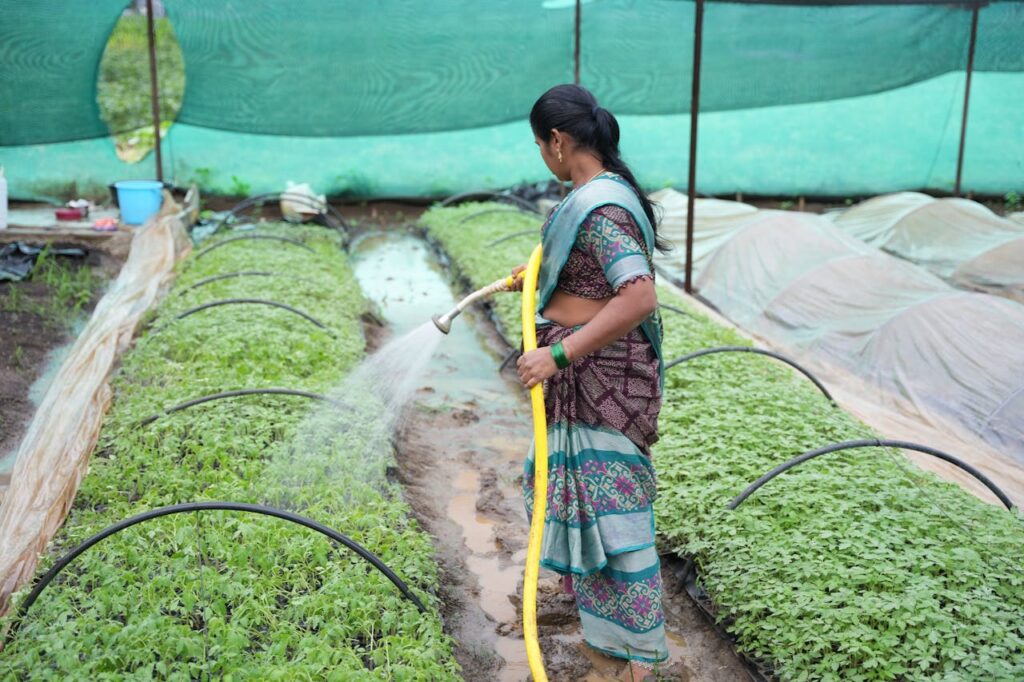
2. Landscaping: Keeping Urban Areas Green
If you live in a city, you’ve probably noticed how parks and green spaces still look lush, even during the hottest summer months. That’s often thanks to recycled water. In many urban areas, cities rely on recycled water for irrigation in parks, school grounds, golf courses, and other public spaces. It keeps these spaces looking good without dipping into precious drinking water supplies.
When I moved to a city that uses recycled water for landscaping, I started noticing purple pipes in parks and on medians. Those purple pipes are the telltale sign of recycled water. The city even installed signs explaining how recycled water helps keep the grass green and the flowers blooming without impacting drinking water supplies. These little touches go a long way in building awareness and changing perceptions.
One day, I asked a city worker maintaining a park what he thought about using recycled water. He laughed and said, “Honestly, it’s just water to me now! I’m just glad we have it. We wouldn’t have green parks without it, especially with how little rain we get these days.”
Did You Know? The Environmental Protection Agency (EPA) estimates that landscape irrigation accounts for nearly one-third of all residential water use in the U.S. Using recycled water for public landscapes can significantly reduce demand on potable water, making a substantial difference over time.
Learn More: Almond Milk Environmental Impact: Sustainability, Water Usage, and Electrical Concerns Explained
3. Industrial Uses: Cooling, Cleaning, and Beyond
Industry is another major consumer of water, especially in fields like manufacturing, energy, and refining. Industrial processes require vast amounts of water for cooling machinery, cleaning equipment, and sometimes as a direct part of the manufacturing process. Here, too, recycled water is becoming a common choice.
A friend of mine works in the manufacturing sector, and her plant recently transitioned to using recycled water for its cooling systems. Not only did they cut down on water costs, but they also improved the company’s environmental footprint. As she explained it, “People want to work with companies that care about sustainability now, so using recycled water isn’t just smart for our bottom line—it’s smart for our brand too.”
Expert Insight: Dr. Rajendra Singh, a well-known water conservation advocate (profile in this document), has observed that for many industries, using recycled water is becoming a necessity, not just a choice. “In a world where water scarcity is growing,” he says, “it’s about business continuity.” Many companies realise that they can’t depend on traditional water sources alone for the future.
4. Supporting Natural Ecosystems with Recycled Water
One of the most inspiring uses of recycled water is environmental restoration. Wetlands, rivers, and other natural habitats often suffer when we divert water for human use, leading to a decline in biodiversity and ecosystem health. Recycled water can play a significant role in revitalising these habitats.
Several years ago, I volunteered on a wetland restoration project where recycled water was pumped back into a dried-up area to rehydrate the soil and encourage plant growth. At first, it looked like nothing was happening, just mud and dry reeds. But within a few months, we started seeing signs of life. Native plants began sprouting, and birds started coming back. It was like watching nature heal itself, and recycled water made it possible.
Case Study: In Florida, the Hillsborough River is partially sustained with recycled water to combat the effects of urbanisation and seasonal droughts. This helps stabilise the water level, making it a healthier environment for fish and aquatic plants, and ensuring that it remains a valuable natural resource for the community.
5. Building Systems: Reducing Water Use in Urban Spaces
In some forward-thinking cities, recycled water is even used inside buildings for things like toilet flushing and cooling systems. This type of recycling may not be as visible as using recycled water for public parks, but it can have an even greater impact by reducing the overall demand on potable water.
For instance, San Francisco’s Salesforce Tower—a LEED-certified skyscraper—has a sophisticated recycling system that treats and reuses up to 30,000 gallons of water each day. Most of this water goes to things like flushing toilets and cooling the building. It’s a small change that adds up to big water savings. The building saves about 7.8 million gallons of drinking water every year!
One of our colleagues visited the tower last year. He was struck by how effortlessly this massive water recycling system was incorporated into its design. It was a reminder that sustainable water use isn’t just for “green” buildings but can be a part of any urban development.
6. Drinking Water (Potable Reuse): The Future of Recycled Water
Using recycled water for drinking, also known as potable reuse, is a frontier in water conservation that’s gaining traction in regions where water scarcity is severe. Through advanced purification processes, wastewater can be treated to a level that meets or even exceeds drinking water standards.
When I first learned about potable reuse, I was admittedly a little sceptical. The thought of drinking recycled water seemed strange. But as I researched the process and talked to experts, I became convinced. The treatment systems for potable reuse are incredibly thorough—they involve steps like microfiltration, reverse osmosis, and UV disinfection. In fact, a study from Stanford University found that the advanced treatment processes in potable reuse can be even more effective at removing contaminants than conventional water sources.
In Orange County, California, the Groundwater Replenishment System is one of the world’s most advanced potable reuse projects. It treats wastewater and recharges groundwater supplies, creating a sustainable water source for the region. This project alone provides enough drinking water for hundreds of thousands of residents each year, demonstrating how recycled water can play a direct role in tackling water shortages.
Research Note: A study from Stanford University found that advanced treatment methods used in potable reuse are actually safer and more effective at removing contaminants than many conventional water sources. With advances in technology, we’re seeing more and more places considering potable reuse as a viable, sustainable option.
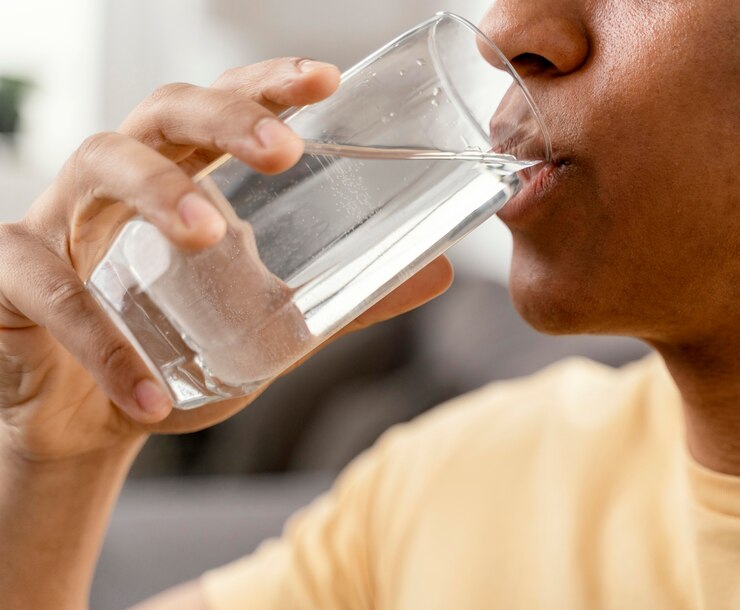
Challenges and Considerations with Recycled Water
While recycled water is clearly a powerful resource, it’s not without challenges:
- Public Perception: Some people feel uneasy about recycled water, especially for drinking, due to concerns about safety and cleanliness. In reality, the treatment standards for recycled water are rigorous, but public education is essential to address these concerns.
- Cost of Infrastructure: Setting up a recycling infrastructure can be expensive, especially for smaller communities. However, more governments are offering incentives and grants to help communities invest in these essential systems.
- Regulatory Standards: Water recycling is tightly regulated, and standards can vary widely depending on location. Creating clear, consistent policies would make it easier for cities and companies to implement recycled water projects safely and effectively.
Learn More: Sustainable Water Management Practices
How You Can Support Recycled Water Initiatives
You may be wondering how you, as an individual, can make a difference. Here are a few ways:
- Educate Yourself and Others: Learning about recycled water and sharing that knowledge with others can help reduce the stigma. When people understand the process and see the value, they’re more likely to support it.
- Support Local Projects: Many cities hold public meetings or forums about water management. Attending and showing support for recycled water initiatives can help get these projects off the ground.
- Practice Water Conservation: By using less water, you can ease the strain on local supplies and make it easier for communities to invest in sustainable water solutions.
- Consider Installing a Greywater System: If your community allows it, you could install a greywater system in your home, which reuses water from showers, sinks, and laundry for outdoor irrigation.
- Encourage Sustainable Practices at Work: If you work in a place that uses a lot of water, consider advocating for recycled water systems or other conservation measures. Many companies find that sustainable practices also improve their bottom line.
Conclusion
Recycled water is one of the most effective tools we have to address the growing water demand. It’s a way to keep our landscapes green, our farms productive, and our ecosystems healthy. And for communities struggling with drought and water shortages, it’s more than a convenience—it’s a necessity.
Personally, I’m grateful for how recycled water has changed my perspective on water conservation. It’s not just about cutting back; it’s about finding smarter, more sustainable ways to manage our resources. By supporting recycled water, we can all play a part in creating a future where everyone has access to clean, reliable water, no matter what challenges lie ahead. Together, we can make water recycling a standard practice and protect our planet’s most precious resource for generations to come.


